Great customer experiences are easier to imagine than to actually understand and deliver. That’s why tools that help marketers analyze the customer journey and act on the insights gained – customer journey orchestration (CJO) software – are finding a spot in businesses’ technology stacks.
Basic CJO categories
Customer journey orchestration isn’t as precisely defined as other marketing technology categories. It’s a fairly new niche, and vendors are coming at it from different angles.
Some players have newly architected solutions specifically targeted at meeting this particular need. Others are building upon expertise in other channels, such as call analytics or customer intelligence, by evolving through development or acquisitions.
A third category, which includes Salesforce and Adobe, are enterprise application providers with established customer bases that have been adding customer journey analytics and orchestration functionality to their offerings.
Industry-watchers expect to see additional entries from pure-play start-ups, as well as the repositioning of vendors in adjacent categories such as customer data platforms, marketing analytics and real-time interaction management (RTIM).
What defines customer journey orchestration?
The phrase “customer journey” has been a part of the digital marketing dialogue for years, which may contribute to the lack of clarity around what exactly customer journey orchestration is, and what it isn’t. The following core areas have emerged as critical to getting an actionable picture of the customer journey and taking action to improve it.
Get the daily newsletter digital marketers rely on.
Customer-focused, outside-in approach
Marketers may have an “ideal customer journey” in mind, but a true customer journey analytics approach acknowledges that today’s customers expect a great deal of flexibility to tailor interactions with businesses to their own preferences.
With multiple devices, a variety of channels and many different paths to purchase, customers are in charge of their individual buying journeys. Everyone’s journey may be slightly different. Therefore it’s important that marketers look at things from the customer’s point of view, rather than sticking to a potentially outdated preconception of how people come to make a purchase.
A focus on the lifetime value of the customer
Instead of focusing solely on the awareness, interest, consideration, intent, evaluation and purchase stages – aka the “classic marketing funnel” of the buyer experience – customer journey orchestration aims to nurture the relationship between the customer and the brand beyond ownership and into repeat purchases and brand advocacy.
Cross-channel data
To achieve this big picture view of the customer journey, marketers must be able to bring in data across every customer touchpoint, whether it’s led by marketing or not. This includes data from call centers, chatbots, in-store interactions and more.
Real-time or close to real-time data
The simplest goal of customer journey orchestration practitioners is to identify and eliminate roadblocks hindering customers. But the ultimate goal is much more ambitious – to deliver contextually-relevant experiences to customers at their preferred touchpoints. To do this, they need to be able to gather data in real-time and respond in real time.
Artificial intelligence and machine learning
Developing insights, determining what the next best action should be for a particular customer, and setting that experience in motion are unlikely to occur in real-time without the benefit of artificial intelligence and machine learning. Making use of those technologies is key to customer journey orchestration.
Download the full report: Enterprise Customer Journey Orchestration Platforms: A Marketer’s Guide






















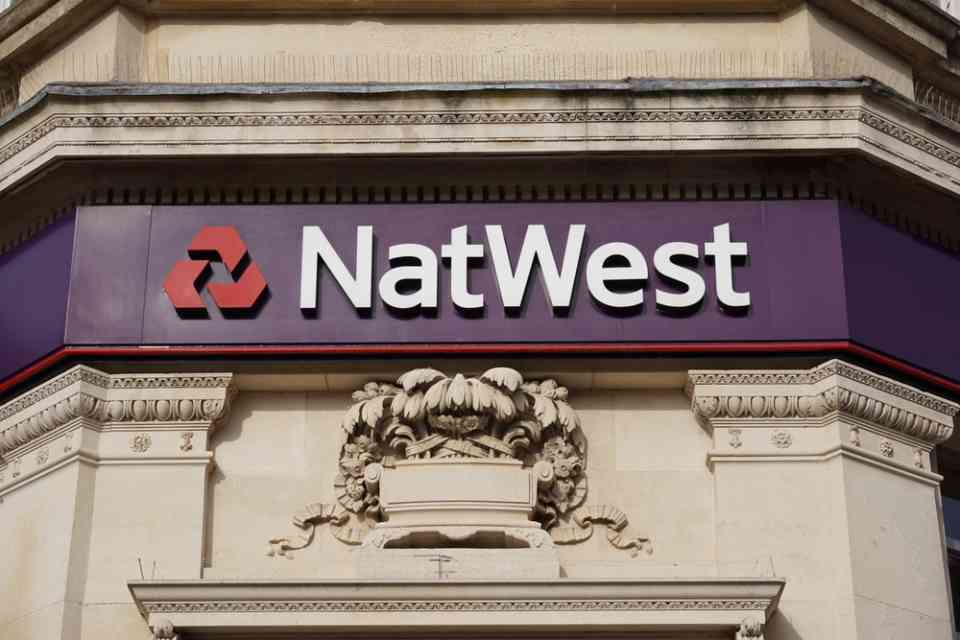





























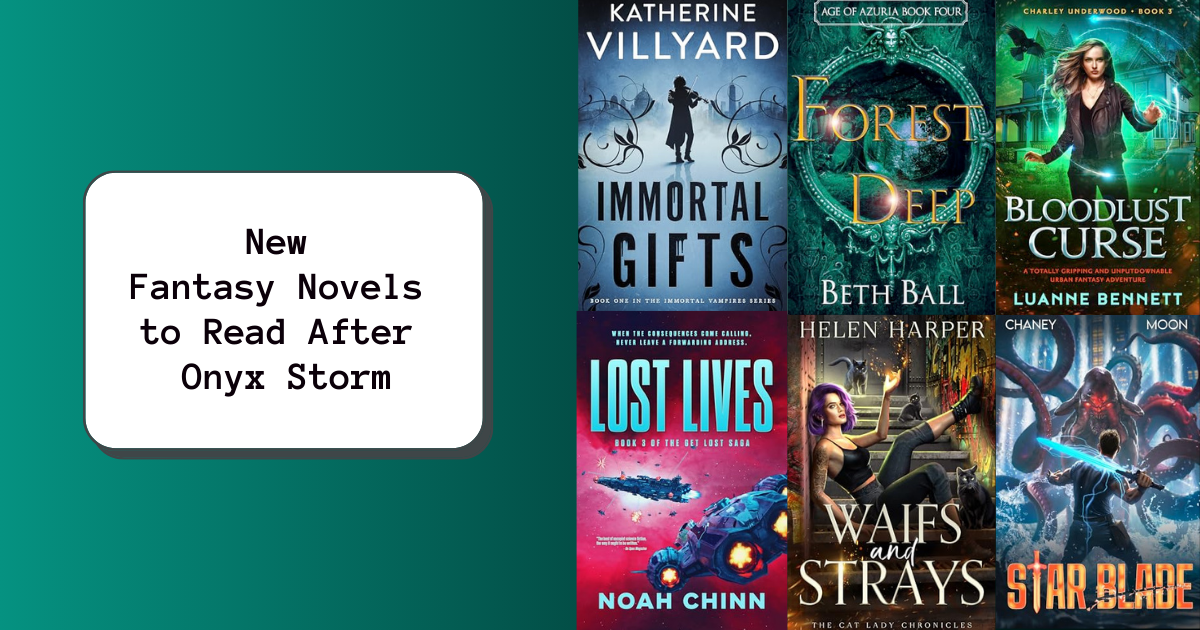




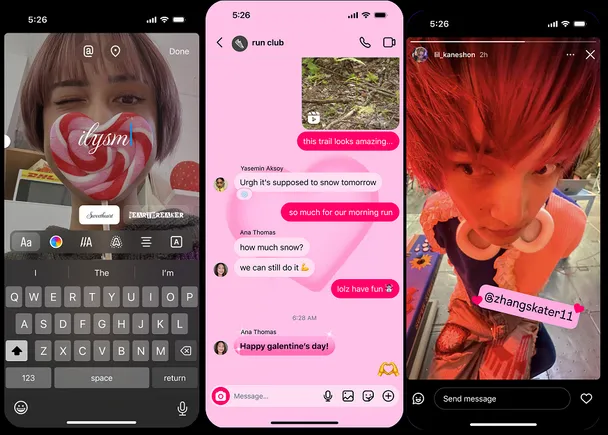
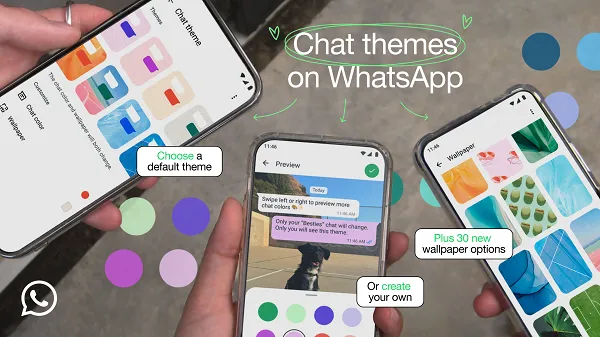
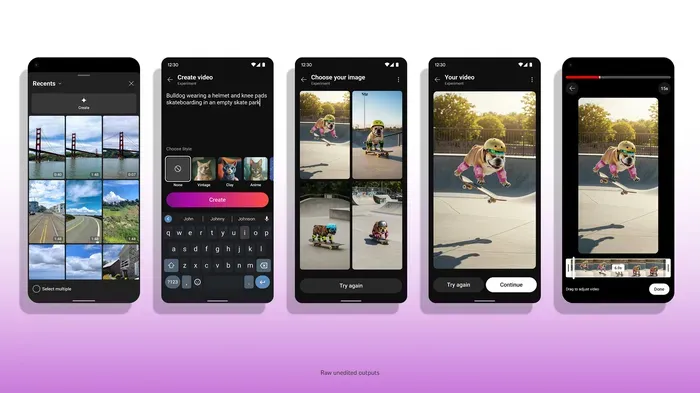
![6 Essential Ingredients for Winning Ads [Infographic] 6 Essential Ingredients for Winning Ads [Infographic]](https://imgproxy.divecdn.com/uTNt2ASUWhVsKl22uIAMtoyUXTeSV_b9Sst3p7mB1gg/g:ce/rs:fit:770:435/Z3M6Ly9kaXZlc2l0ZS1zdG9yYWdlL2RpdmVpbWFnZS82X2FkX2VsZW1lbnRzXzIucG5n.webp)












